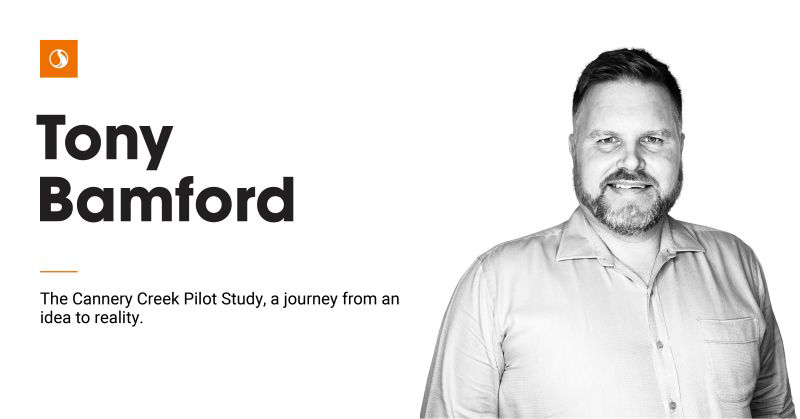Podcast – How a pet project is helping a community deal with sewerage overflow

When Stantec was first approached to help a small community deal with overflows from the sewer network during major rain events, the solution seemed simple on paper.
Canary Creek is nestled in the northern suburbs of Brisbane with a mixture of residential and light industrial sitting in a flat area.
Tony Bamford, Practice Leader Network Planning at Stantec, says the region historically has seen plenty of overflows from the sewer network during big wet weather events causing property damage.
Tony says while tried and true methods of containment would solve many issues for the area, they needed to listen to the community.
“The area pretty much meets that containment criteria,” Tony says. “However, we had to take into account the customers and listening to what the customers had to say, and that wasn’t enough.”
In this episode, our host Jo Taranto chats with Tony about the Cannery Creek pilot study, thinking outside the box, and how the community was key in helping Stantec solve some complex challenges.
More than just ‘building a bigger pipe’
Stantec worked closely with stakeholders, including Brisbane City Council to look at alternative approaches and methods to prevent sewage contamination within the community.
“Trying to find a solution that would improve the quality of life there, but also wasn't just a traditional ‘build a bigger pipe’ project,” Tony says.
“This was almost initially a pet project. It was done extremely carefully, but we wanted to go in very much with our eyes open in terms of what we were going to achieve.”
Containment vs. alternative methods
Tony says Southeast Queensland has historically used a five times flow metric to calculate the size of their sewers to drain and take the flows away.
He says the project ticked all the boxes for a traditional containment solution using this metric. But says community feedback helped them move away from more dated and tired solutions.
“The feedback was absolutely crucial. We agreed right at the beginning, with this being different to a normal style of solution, that we had to take several people along for the journey.”
“After all, they're the people that are being impacted currently.”
Tony says the team settled on a solution that managed sewer overflow during big wet weather events where the existing network failed. This included adding wetlands to the area to help remove pollutants that ended up in stormwater running off roads and roofs.
“Whilst it does manage the wastewater and the screened wastewater when it needs to, during smaller events when the wastewater is still being fully contained, it takes some of that stormwater into the system and puts it through the wetlands.”
“Hopefully providing an overall benefit much more frequently than just something that operates a small number of times just to dilute foul sewage.”
Work underway on Canary Creek project
Without the normal time pressures, there weren’t many barriers to the project.
“We were very fortunate we got a lot of really great support from Urban Utilities, but also the various stakeholders were very positive,” Tony says. “We were able to take our time with it.”
While Tony is excited to see the finished works in 2024, he’s also keen to get his hands on the data to see if the project worked relative to their modelling.
This podcast is proudly sponsored by Schneider Electric




